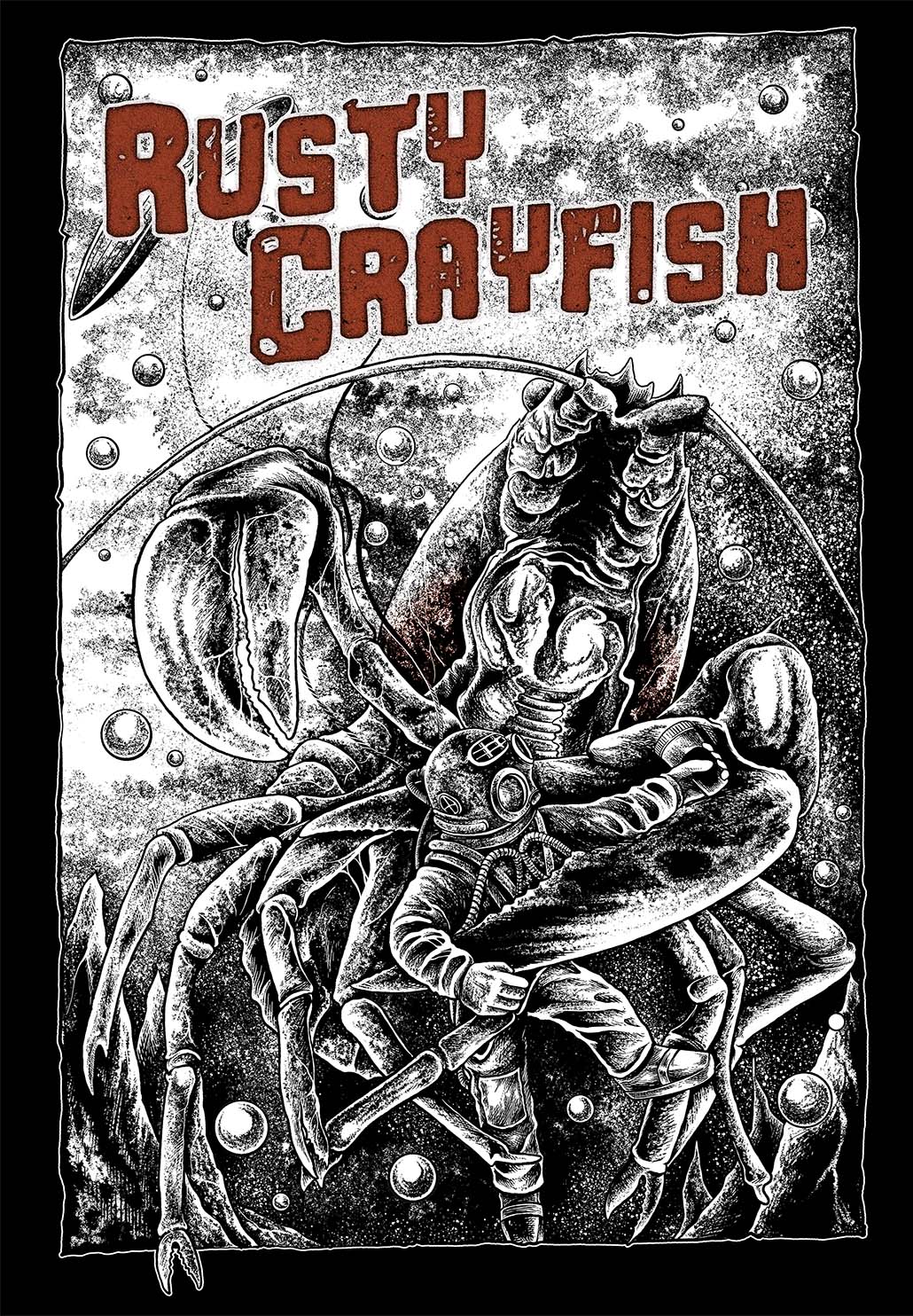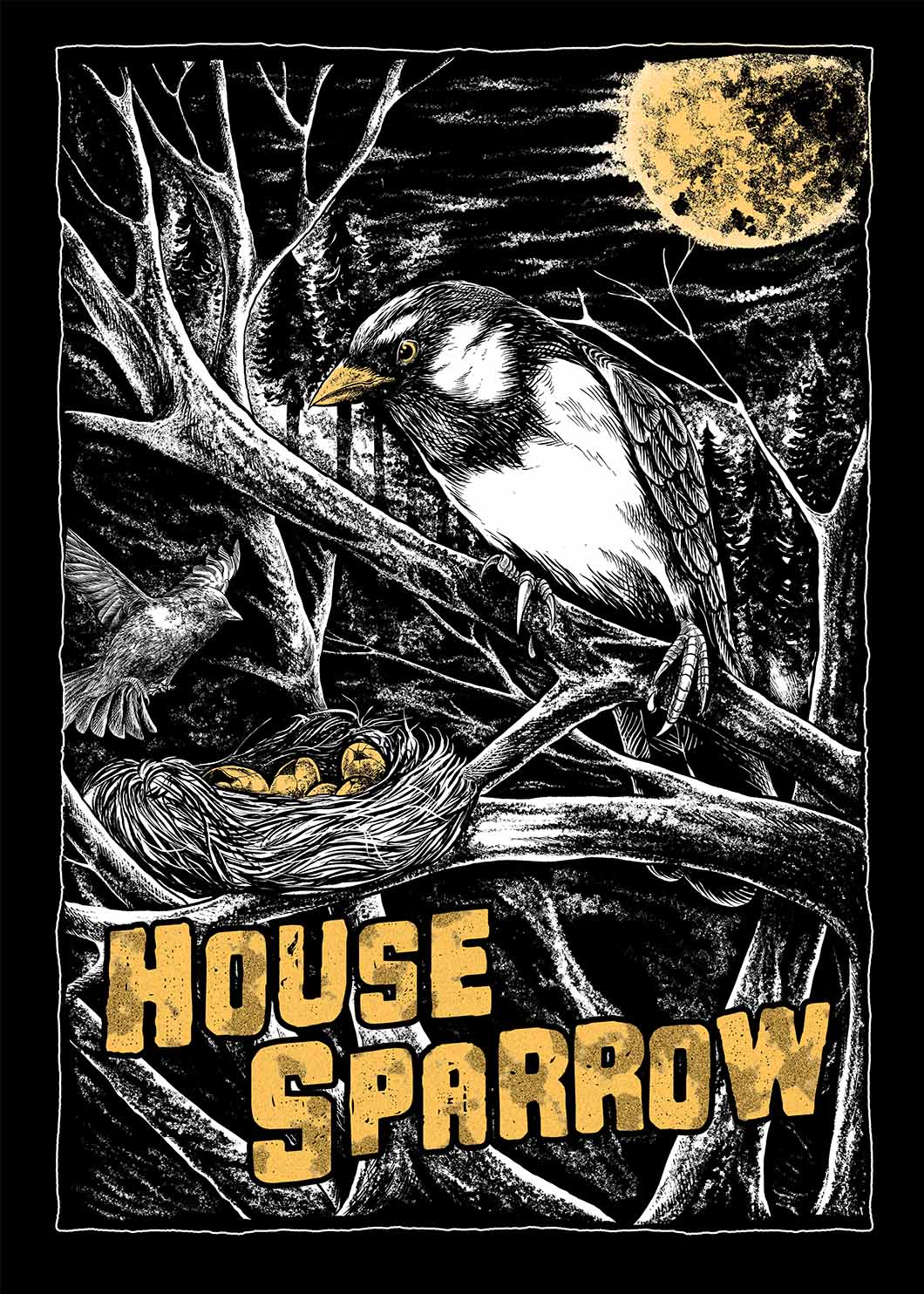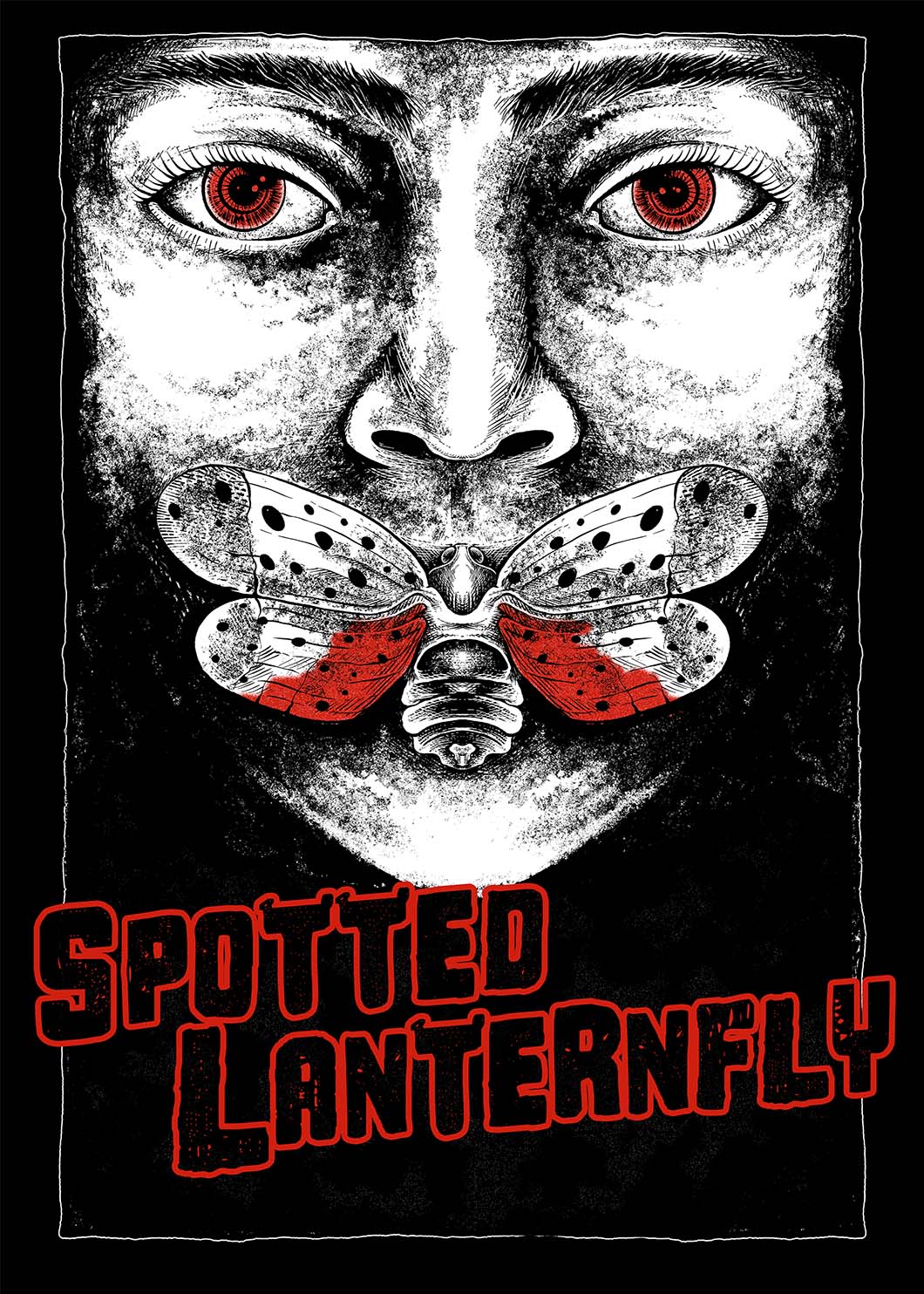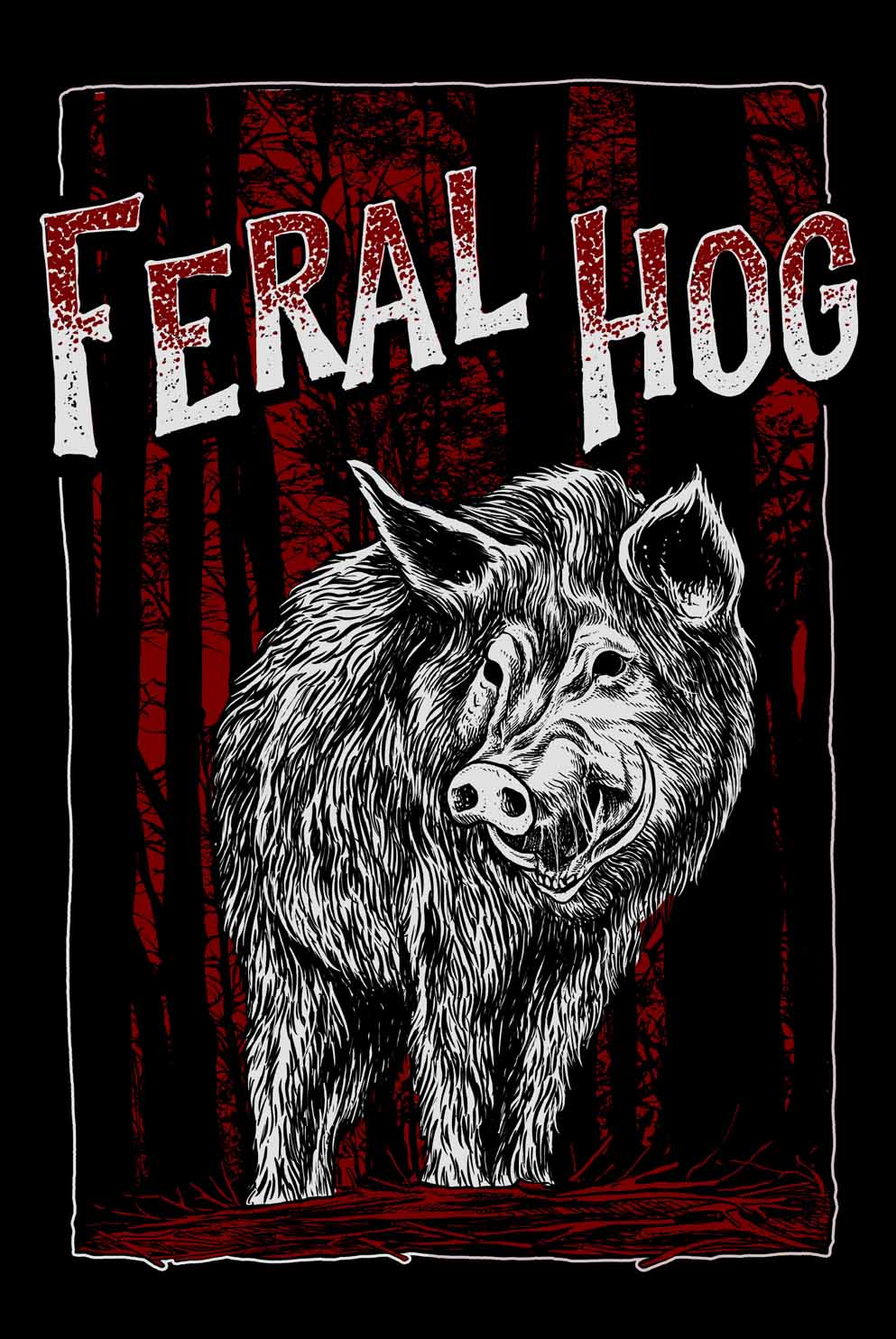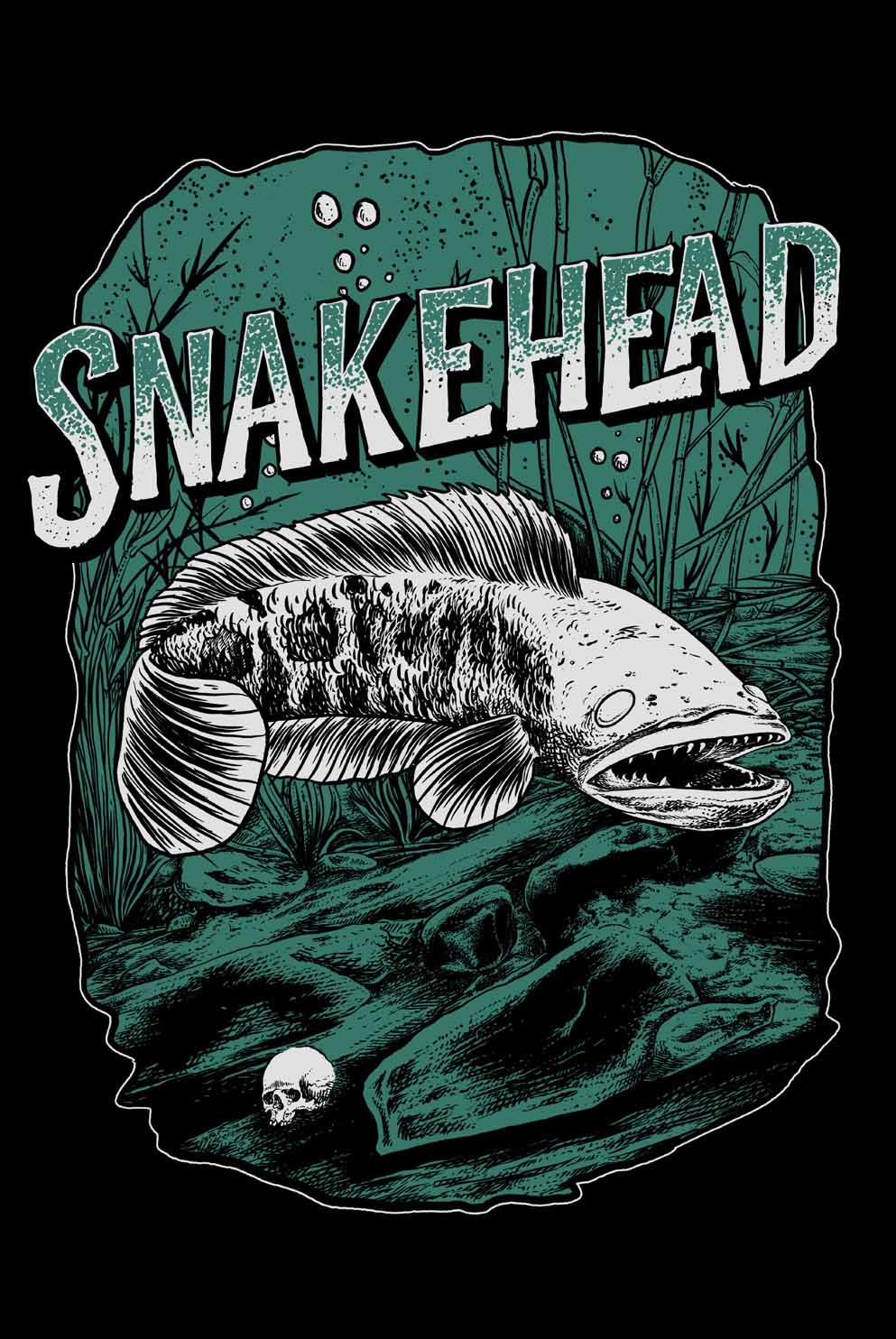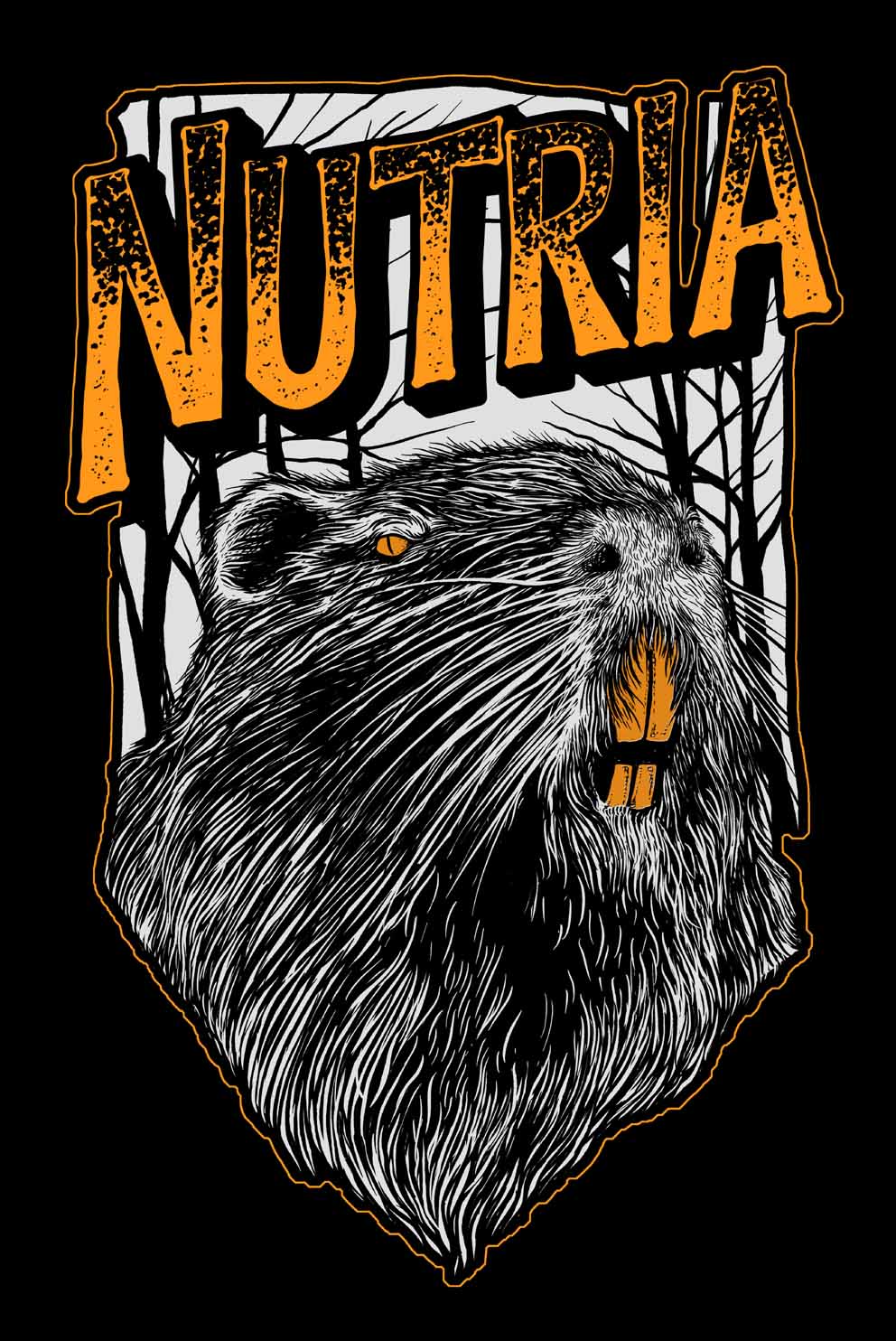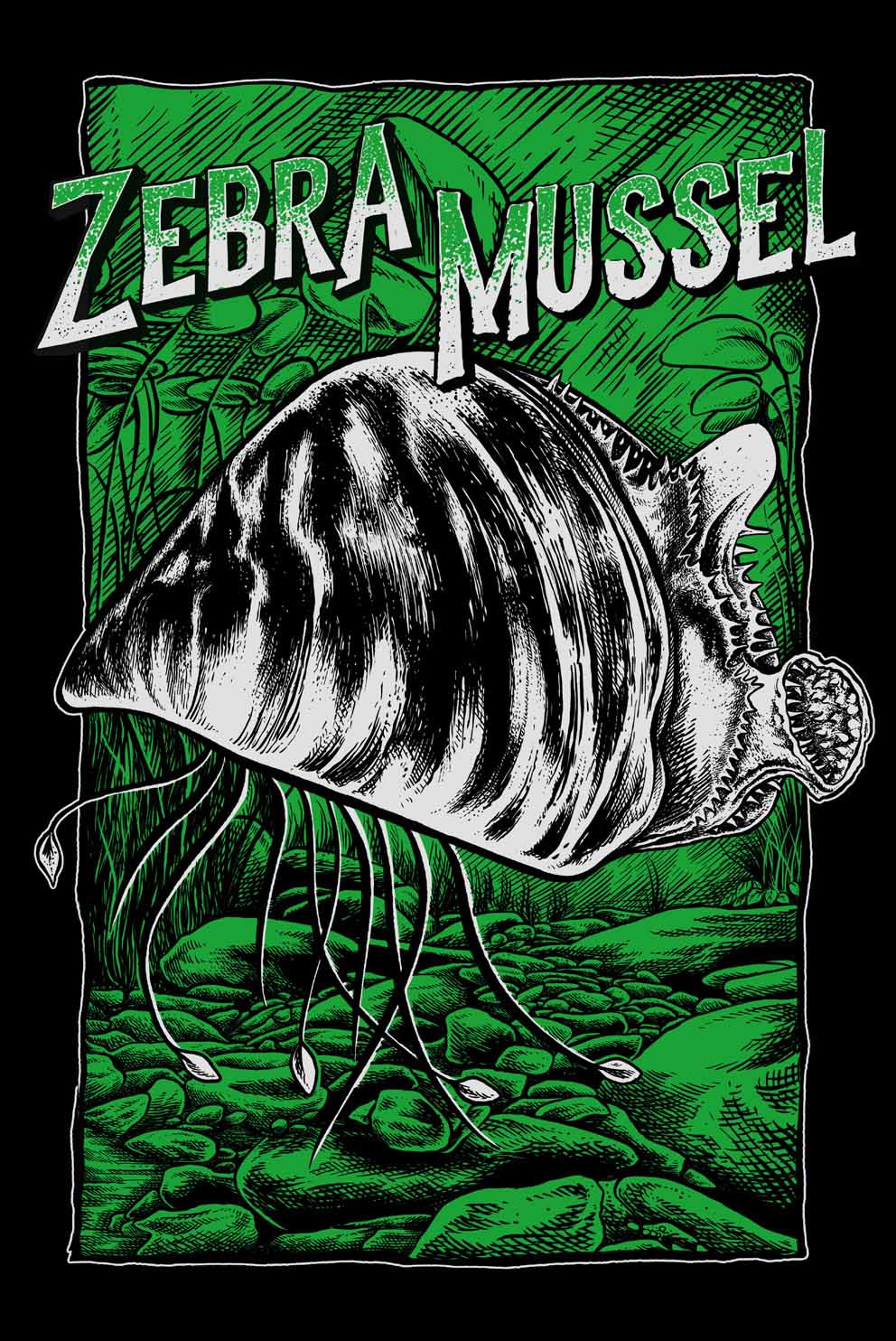
Zebra Mussel
What’s so scary about a fingernail-sized creature with stripes? They may look tiny and innocuous, but zebra mussels (Dreissena polymorpha) flex some powerful muscle as a significant threat to the Commonwealth’s native ecology and wildlife communities.
Virginia doesn’t currently have a known population of zebra mussels, but the state has had a few very close calls. In August 2002, zebra mussels were documented for the first time in Virginia in an abandoned quarry in Prince William County that is used for instructional and recreational scuba diving. DWR worked with a number of state, federal, and local agencies to eradicate the zebra mussel population at Millbrook Quarry, and confirmed the successful eradication of the infestation in May 2006.
In March 2021, DWR got an alert that some Virginia pet stores were selling live marimo moss balls for aquarium use that may have been contaminated with invasive zebra mussels. With a concerted awareness outreach effort and by working with pet stores directly, DWR succeeded in getting the possibly contaminated moss balls off the market.
Zebra mussels remove the food base upon which many of our native fish and freshwater invertebrates are dependent. Because of their ability to rapidly colonize any hard surface, zebra mussels also pose a significant risk to many bottom-dwelling species, including our rare and endangered freshwater mussel populations. Zebra mussels can attach themselves to the native mussel shells, making it impossible for these animals to open or close, burrow in the stream bottom, or feed. Zebra mussels also can damage boat hulls and engines. Colonies of zebra mussels lodged in pipes can cause millions of dollars of damage to water and power plants. You can help keep Virginia zebra mussel-free! Report any zebra mussel sightings and make sure to inspect, clean, and dry boats and equipment thoroughly when transferring from one water body to another. Read more about the zebra mussel and what you can do.
Learn More

